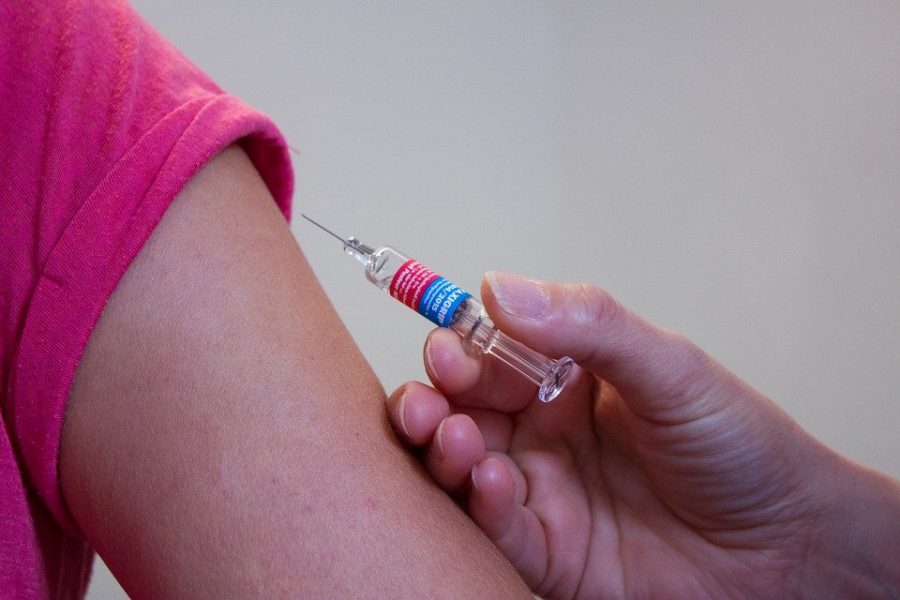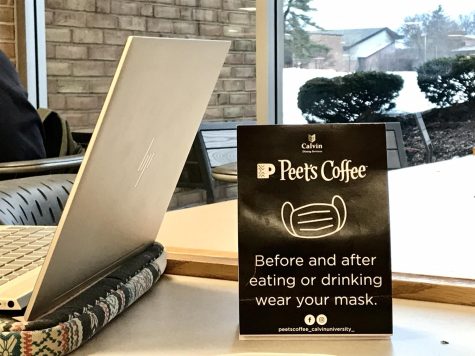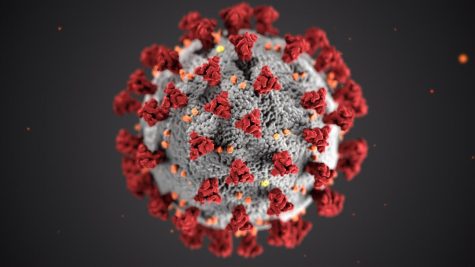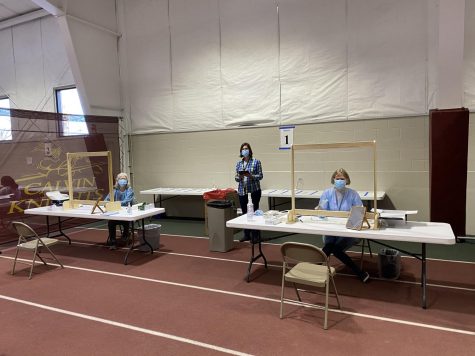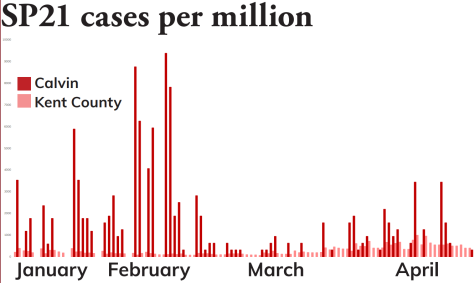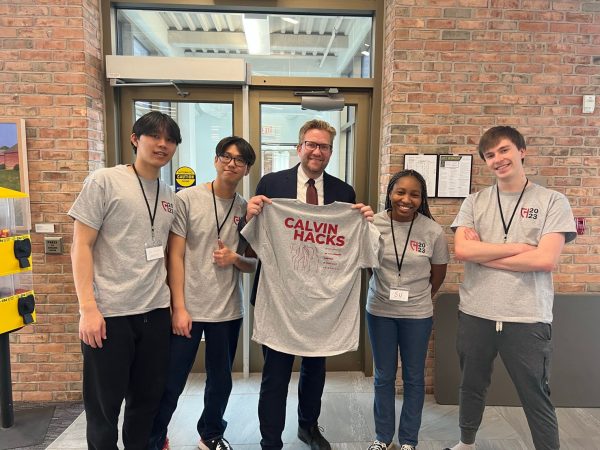Health Services to offer COVID-19 booster shots on campus
Calvin will serve as a host site for COVID-19 booster shots. The booster vaccines will be free of charge for all who are eligible.
Calvin will soon serve as an administration site for COVID-19 booster shots, offering the jabs on Nov. 9 and 10 from 9 a.m. until 1 p.m.
The shots will be offered alongside influenza vaccines at Calvin’s annual flu vaccine clinics, based on eligibility, Health Services Director Laura Champion told Chimes in an email. Currently, booster shots are available 6 months after an initial Pfizer or Moderna vaccine regimen for individuals age 65 or above, individuals with certain medical conditions, and those who are at increased risk for exposure due to work in healthcare or education. Anyone who received a J&J shot at least two months ago is also eligible for a booster.
According to Dr. Champion, all COVID-19 shots are free to anyone residing in the U.S. Before receiving the influenza vaccine, students should first check that their insurance covers receiving the flu shot at Calvin.
The CDC recommended COVID-19 booster shots as a response to research that suggests the immune system’s response from the first vaccine regimen may decrease over time.
According to biology professor Anding Shen, most research has focused on tracking the amount of antibodies in vaccinated individuals’ blood. Most of these studies track B cells, a type of immune cell that produces antibodies for specific diseases. B cells have receptors that allow them to sense when a particular foreign organism, virus or protein is present in the blood, and they proliferate in response.
“B cells secrete antibodies,” Shen said. “Data have shown that these decrease over time after a Covid-19 vaccine. But a booster shot means that the B cells get stimulated, meaning that they will proliferate and more can secrete antibodies.”
Another main category of immune cell is T cells. Some types of T cells serve as the immune system’s memory, and they allow for a faster, stronger response when a person is reexposed to a pathogen. However, it’s more difficult to measure the T cell response than the B cell response.
“There isn’t as much research about T cells,” Shen said. “Most people look at the B cells.”
As booster shots become increasingly available, the CDC has recommended mixing of different vaccine brands. According to Shen, the brands of the vaccine can be mixed because they all work to create the same immune stimulus, the COVID-19 spike protein. The different vaccines just make the spike protein in different ways.
The Moderna and Pfizer vaccines are mRNA vaccines. They include the genetic material for the spike protein, wrapped in a coating of special lipid molecules. This genetic material is essentially the same in both the Pfizer and Moderna shots; the only difference is the wrapper. Human cells will then take up the mRNA package and express the virus protein themselves. The spike proteins, produced by the human cells, stimulate B cells to make more antibodies specific to the spike protein.
In contrast, the J&J vaccine includes DNA for the COVID-19 spike protein, coated in the shell of a different type of virus. In the end, however, cells will still take up the DNA for the spike protein, express the spike protein on the outside of their cell and stimulate the immune system.
“Either vaccine, the same protein is expressed, just the package is different,” Shen said.
Just like the initial vaccines, the booster shots may leave immunized individuals feeling under the weather for a few days.
Lori Keen, the lab services manager for the biology department, purposefully scheduled her mRNA booster shot on a Friday, so that she would have the weekend to recover.
“The next day, I felt like I had been hit by a semi,” Keen said. The side effects, which are the result of the vaccine’s stimulation of the immune system, include muscle aches, tiredness, chills and fever.
“It was like the side effects for shot number two, just more intense, and they lasted longer,” Keen said.
Yet despite a few days of feeling under the weather, Keen encouraged anyone to get the booster when they become eligible.
“Just do it,” Keen said. “If you’ve already gotten shots one and two, you might as well get the booster when you’re able to.”



